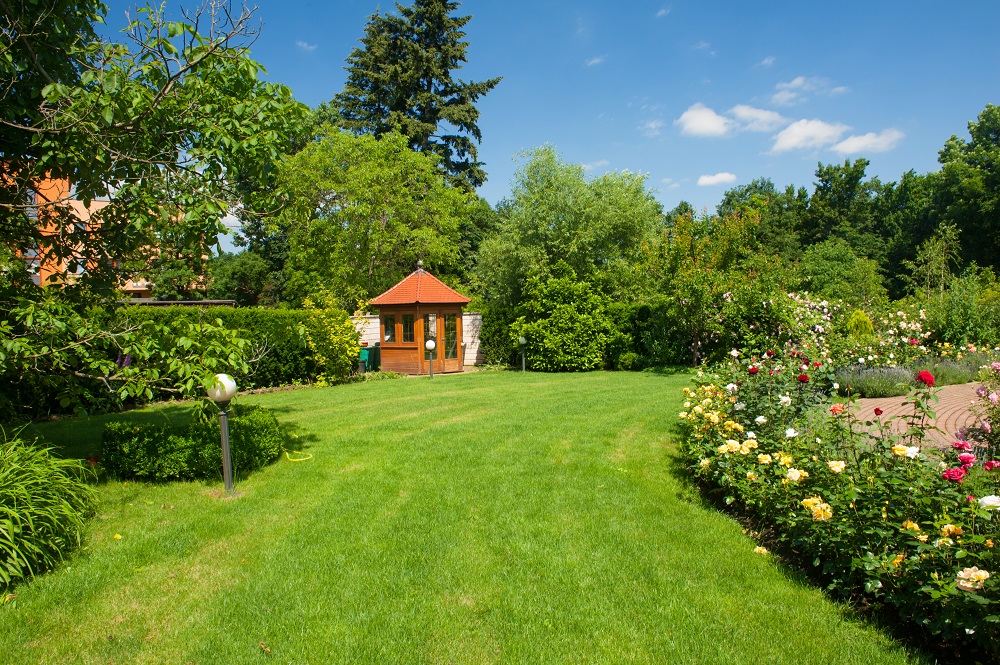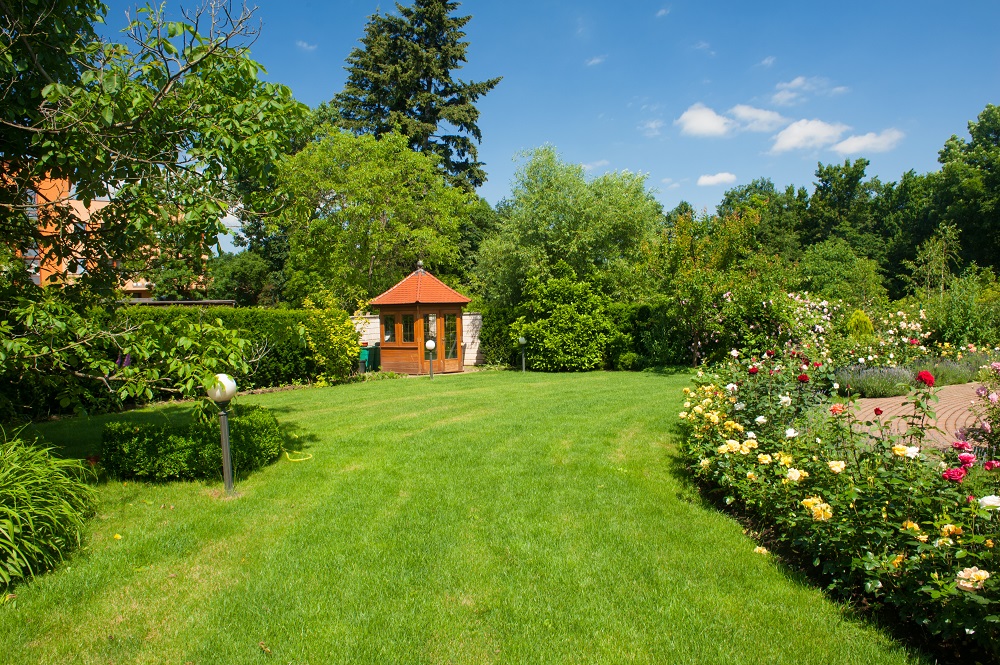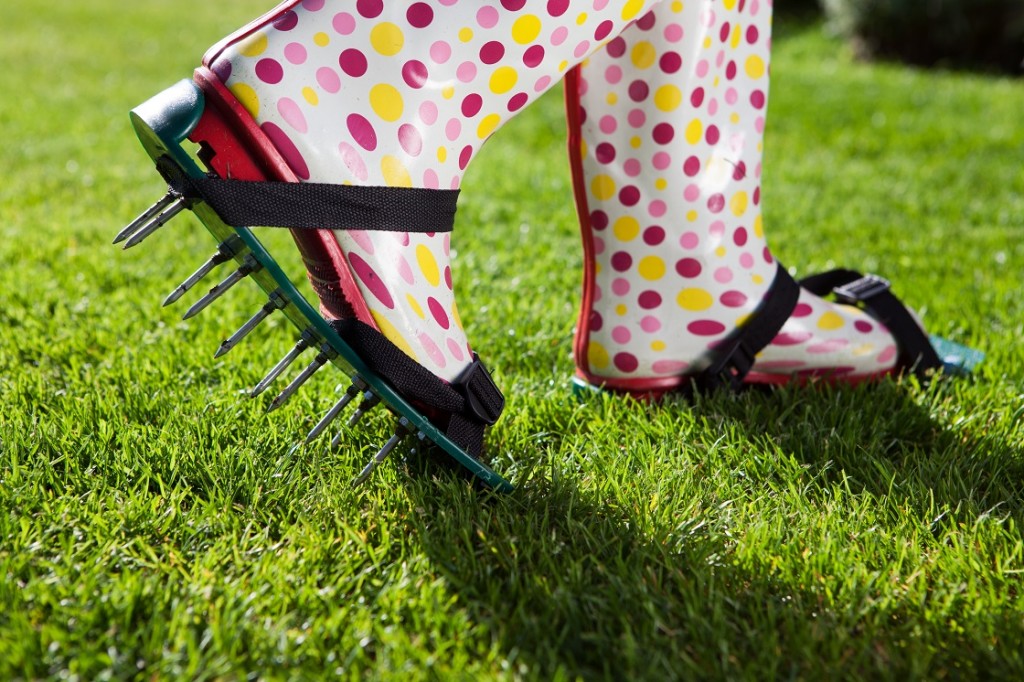There are times when we come across houses with lush gardens and their neatly trimmed lawns. Reflecting on our own unkempt lawn, we may assume that the owner of such properties may have somehow struck an agreement with the grasses to grow at a favourable pace. As much as we love to imagine such an implausible and convenient scenario, manicured lawns are the product of hard work. But fret not, as anyone could get that dream lawn with a bit of love, perseverance and technique. Let us observe some of these tips.
Even grasses need respite
There is a time for everything, even for a simple task such as mowing your lawn. One common mistake is that people do it during the heat of the day. First off, plants experience stress although not on the same spectrum as animals or humans. Grasses that are being mowed under the sun lose water quickly besides undergoing a much slower rate of recovery.
Hence, do your mowing in the early morning or evening when the sunlight is less intense. Or you could also wait for the shade to cover the lawn before beginning. Speaking of mowing, the bits and pieces of grass derived from your activity should not be wasted as they can be transformed into fertiliser, assuming that they are tiny enough. Swap your mower blades for a mulching blade instead as it cuts the grasses into smaller pieces. These quickly decompose to enrich the soil.
Mind your step
The ubiquitous Don’t Step on the Grass sign is there for a purpose. Foot traffic may compact the soil beneath the lawn, making it hard for grass roots to grow. We may not see it, but soil contains minute air pockets and spaces in between which allows nutrients, air and water to flow down to the roots.
Maintain your immaculate lawn by designating walkways so your visitors know where to place their feet. Utilise cement slabs or wood panels to form a passageway from the gate to the door or to anywhere else around your property.
If your lawn has already been ruined by heavy foot traffic, then consider buying aeration slippers. Simply place them on your shoes before you go strutting about the lawn. The spikes beneath the slippers will perforate the soil, creating holes that promote absorption. Besides, the exertion is great for your health.
Thatch
When walking across the lawn, you may come across patches of dead grass or thatch as they call it. These are composed of living and dead grass, exposed roots and stems that form a layer atop the lawn root system. A thin layer of thatch serves to protect the root system and this should average at around a half-inch thick.
But when the layer gets too thick, it acts as a barrier that absorbs water and fertiliser, thereby suffocating your grasses. Try walking on the thatch and feel if it gives a spongy, bouncy texture. That should tell you that the layer is too thick and your lawn may require some treatment.
A minor thatch problem can be solved by raking up the patches. But prevention is always better than cure, so avoid watering too frequently or overwatering as this encourages the grassroots to reach out to the surface. Also, choose a slow-release organic fertiliser as this encourages the roots to go deep into the ground, further reducing the build-up of thatch.
Need tips on how to make the perfect home? Check out PerfectLivin for more information.
Stay ahead of the crowd and enjoy fresh insights on real estate, property development, and lifestyle trends when you subscribe to our newsletter and follow us on social media.

















































